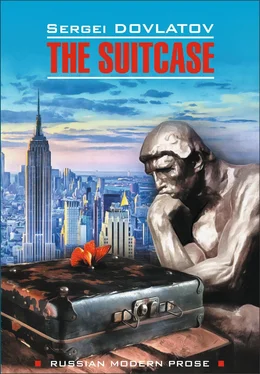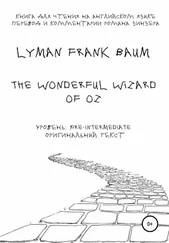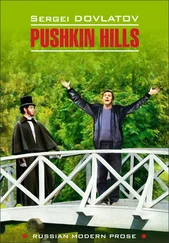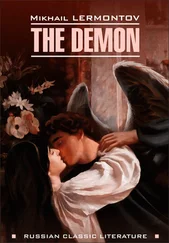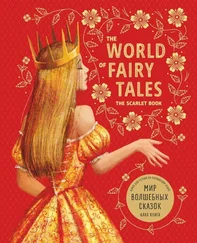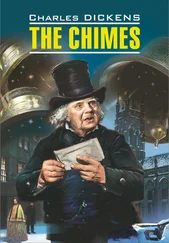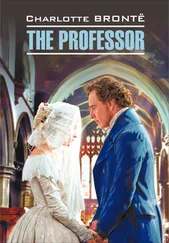But our sculptors are rich. They get paid most for depictions of Lenin. Even Karl Marx’s labourintensive beard doesn’t pay as well.
There’s a monument to Lenin in every city, in every regional centre. Commissions of that sort are inexhaustible. An experienced sculptor can do Lenin blind – that is, blindfolded. Though curious things do happen.
Once, for instance, in the central square of Chelyabinsk, opposite the city hall, they were going to erect a monument to Lenin. A major rally was organized. About fifteen hundred people showed up. Solemn music played. Orators gave speeches.
The statue was covered with grey cloth.
And then the moment of truth. To the sound of a drumroll, the bureaucrats of the local executive committee pulled down the cloth.
Lenin was depicted in his familiar pose – a tourist hitching a ride on the highway. His right arm pointed the way to the future. His left was in the pocket of his open coat.
The music stopped. In the ensuing silence someone laughed. A minute later, the whole crowd was laughing.
Only one man did not laugh: the Leningrad sculptor Viktor Dryzhakov. The look of horror on his face was gradually replaced with a grimace of indifference and resignation.
What had happened? The poor sculptor had given Lenin two caps, one on the leader’s head, the other one clutched in his fist.
The bureaucrats hurriedly wrapped the rejected statue in grey cloth.
In the morning the statue was unveiled once more to the crowds. The extra cap had been removed overnight…
We have been sidetracked once again.
Monuments are born this way: the sculptor makes a clay model. The moulder casts it in plaster. Then the stone-cutters take over.
There is the plaster figure. And there is the formless hunk of marble. Everything extra has to be removed. The plaster prototype must be copied with absolute accuracy.
There are special machines for that, called dotters. They make thousands of chips in the stone. In this way the contours of the future monument are determined.
Then the stone-cutter arms himself with a small perforator. He removes crude layers of marble. Picks up the hammer and chisel. All that’s left is the finishing stage, the filigree, very demanding work.
The stone-cutter works on the marble surface. One wrong move and it’s the end. Because the structure of marble is like that of wood. Marble has fragile layers, hard spots, cracks. There are structural clots, something like knots in wood. Many traces of other ores are mixed in. And so on. In general, this is exacting and difficult work.
I was put into a team of stone-cutters. There were three of us. The foreman’s name was Osip Likhachev. His helper and friend was called Viktor Tsypin. Both were masters of their craft and, of course, confirmed drunkards.
Likhachev drank daily, while Tsypin suffered from chronic binges. Which did not keep Likhachev from having an occasional binge or Tsypin from having hair-of-the-dog [32] to have hair-of-the-dog – опохмеляться (от выражения to have hair of the dog that bit you)
at any opportunity.
Likhachev was grim, severe and taciturn. He said nothing for hours and then suddenly pronounced brief and completely unexpected speeches. His monologues were continuations of complex inner thoughts. He would exclaim, turning sharply to whoever happened by, “And you say capitalism, America, Europe! Private property!.. The lowliest darkie has a car!. But the dollar, let me tell you, is falling!”
“That means it has somewhere to fall,” Tsypin responded merrily. “That’s not so bad. But your shitty rouble has nowhere to fall.”
But Likhachev, plunged once more into silence, did not react.
Tsypin, on the contrary, was talkative and friendly. He liked arguing.
“The car’s not the point,” he said. “I like cars myself… The point is that under capitalism you have freedom. If you want to, you can drink from morning till night. If you want to, you can slave away around the clock. No ideological education. No socialist morality. Magazines with naked babes wherever you look. And then there’s the politics. Let’s say you don’t like some minister – fine. You write to the editor: the minister is full of shit! You can spit in any president’s kisser. To say nothing of the vice-president’s. But a car isn’t such a rare thing here, you know. I’ve had a Zaporozhets [33] Zaporozhets – «Запорожец», марка заднемоторных легковых автомобилей, выпускавшихся в городе Запорожье
since 1960, and so what?”
And Tsypin had indeed bought himself a Zaporozhets. However, since he was a chronic drunkard, he didn’t drive it for months at a time. In November the car was covered with snow. The Zaporozhets turned into a small snow hill. The neighbourhood kids were always around it.
In the spring the snow melted. The Zaporozhets was as flat as a sports car. Its roof had been squashed by the kids’ sleds.
Tsypin seemed almost relieved. “I have to be sober at the wheel. But I can get home drunk in a taxi…”
Those were my teachers.
In due time we received a commission, a rather lucrative rush job. We were supposed to hack out a relief depiction of the great writer and scientist Mikhail Lomonosov [34] Lomonosov: Mikhail Vasilyevich Lomonosov (1711-65), pioneering Russian grammarian, poet, scientist and founder of Moscow State University.
for a new metro station. The sculptor Chudnovsky quickly prepared the model. The moulders cast it in plaster. We came to take a look at this business.
Lomonosov was shown in a suspicious-looking robe. In his right hand he held a rolled paper. In his left, the globe. The paper, as I understood it, symbolized creativity, and the globe, science.
Lomonosov himself looked well fed, feminine and unkempt. He resembled a pig. In the Stalin years, that’s how they depicted capitalists. Apparently, Chudnovsky wanted to reaffirm the primacy of the material over the spiritual.
But I liked the globe. Even though for some reason it showed the American side to the viewers.
The sculptor had diligently modelled miniature Cordilleras, Appalachians and Guiana Highlands [35] Cordilleras, Appalachians and Guiana Highlands – Кордильеры, Аппалачи и Гвианское нагорье, горные системы Северной и Южной Америки
. He hadn’t forgotten the lakes and rivers, either – Huron, Titicaca, Manitoba…
It looked rather strange. I doubt that such a detailed map of the Americas had existed in Lomonosov’s era. I mentioned this to Chudnovsky. The sculptor grew angry.
“You talk like a tenth-grader! My sculpture isn’t a visual aid! Before you is Bach’s Sixth Invention [36] Bach’s Sixth Invention – шестая инвенция Баха. Инвенция – сборник небольших учебных пьес полифонического склада. Иоганн Себастьян Бах (1685–1750) – немецкий композитор, педагог
, captured in marble. Rather, in plaster. The latest thing in metaphysical syntheticism!”
“Short and sweet,” said Tsypin.
“Don’t argue,” Likhachev whispered. “What’s it to you?”
Unexpectedly, Chudnovsky softened. “Maybe you’re right. Nevertheless, we’ll leave it as is. Every work must have a minimal dose of the absurd…”
We started work. First we worked at the studio. Then it turned out that it was a bigger rush. The station was going to be opened during the November holidays.
We had to finish up on-site. That is, underground.
Lomonosovskaya Station was in its completion stage. Stoneworkers, electricians and plasterers were at work. Innumerable compressors created a fiendish din. It smelt of burnt rubber and wet lye. Bonfires burned in metal barrels.
Читать дальше
